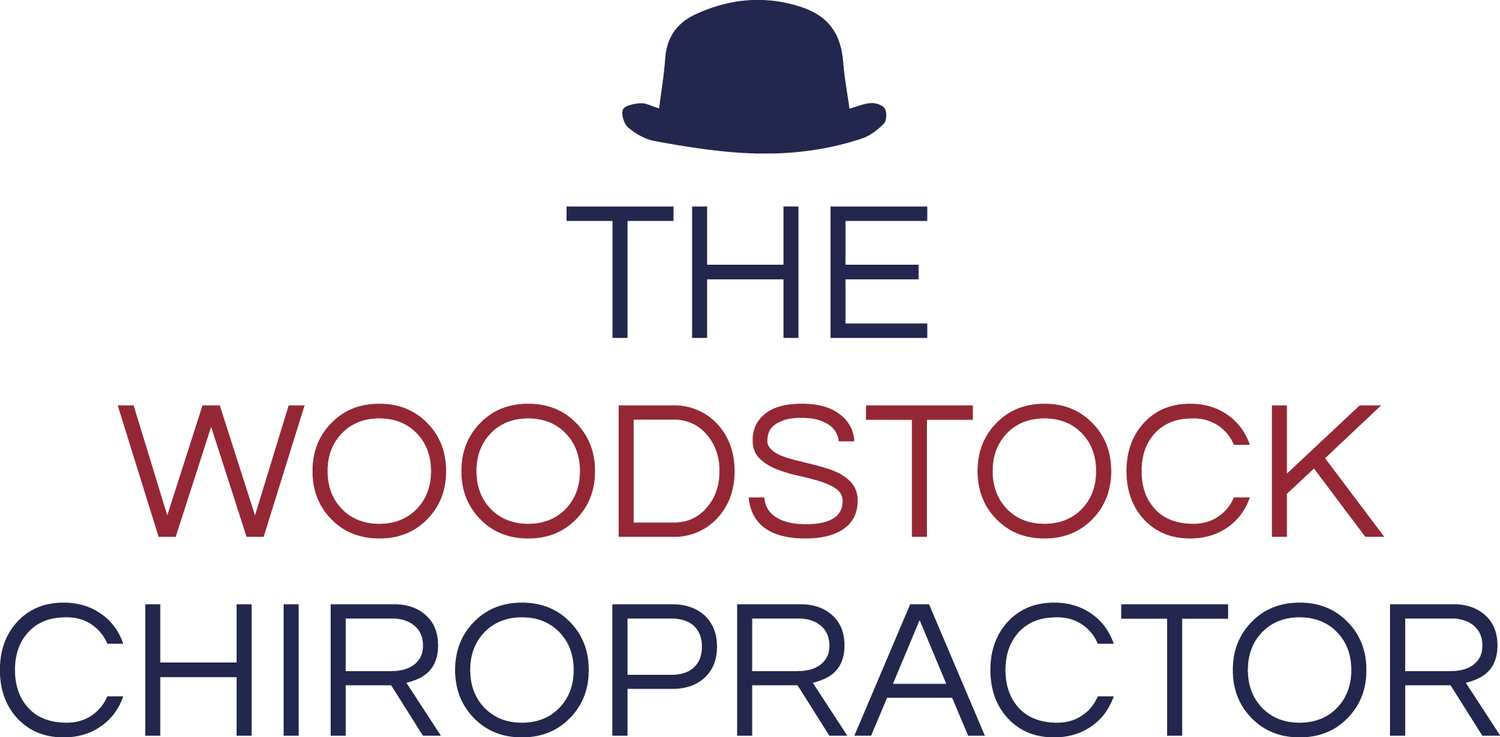Sleep is paramount to our overall health and well-being, with a good night’s sleep providing us with the energy for the next day and allowing our bodies time to recover. However, when we have back pain, we will spend a large proportion of the night tossing and turning to find a comfortable position and wake up with a persistent dull ache, only to repeat the same process the next night.
Avoid sleeping on your front
Sleeping on your front can put extra pressure on your neck and back, causing an unnatural alignment and can lead to headaches or back pain. The best position for a pain-free night of sleep is to lie flat on your back, allowing the body to follow its natural curve and preventing unnecessary stress from being placed on your spine. The natural curve can further be supported by placing a small pillow under the neck and one under the knees.
However, if you can only sleep on your stomach, then you can place a thin pillow under your head and a more supportive pillow under your hips and stomach. This will minimise the stress put on the lower back due to it preventing the spine from creating a “U” shape which commonly causes discomfort.
Get out of bed slowly
After a long night’s sleep, you want to avoid sudden jerking motions or twisting first thing in the morning because your muscles and joints have been stationary for a long time and are stiffer. Therefore, you should take your time when getting up in the morning, especially if you often wake up sore and achy. You can minimise these jerking movements when getting out of bed by rolling onto your side with your knees bent and swinging your legs onto the floor. This will help to load your muscles and joints slowly.
Wind down before bed
Setting aside some time to relax before bed will help you switch off mentally and fall asleep faster, and it can also help towards a pain-free night. In addition, taking time to unwind will ensure that you aren’t too tense before you get in a position to sleep for the night, as tension can increase the pain throughout the night.







